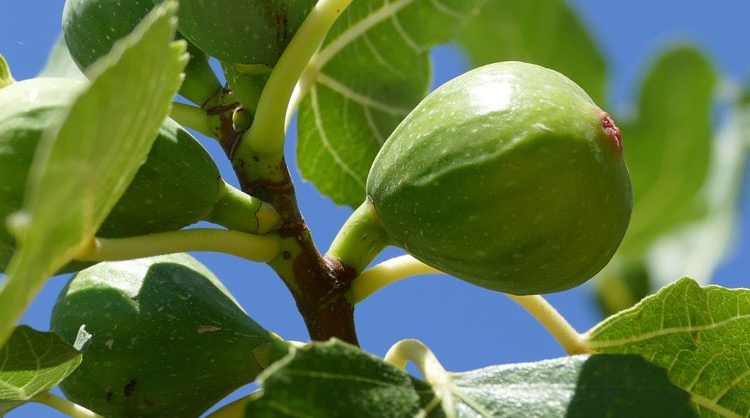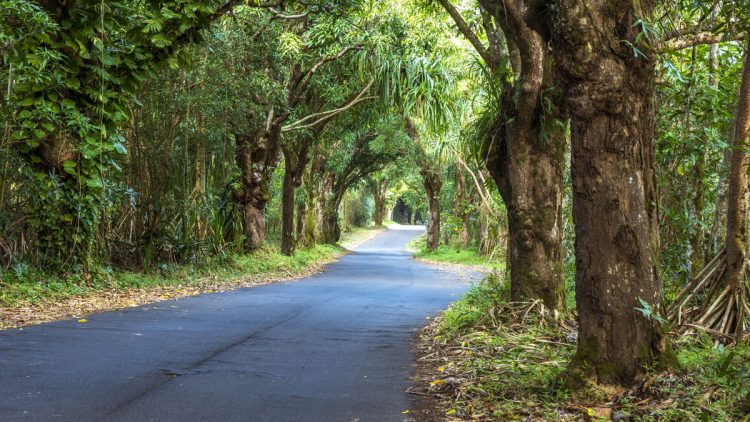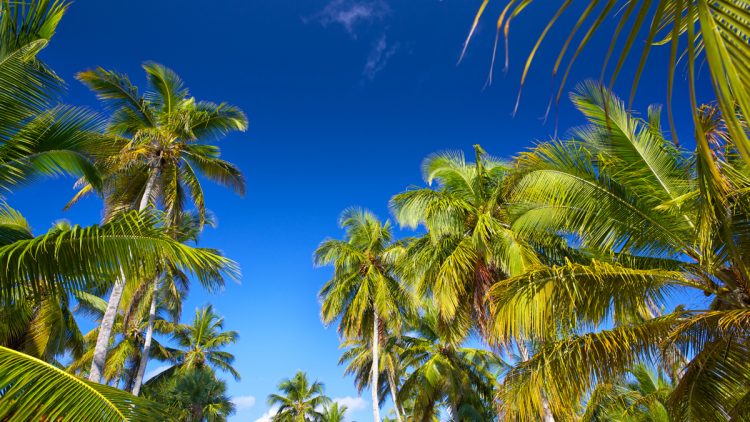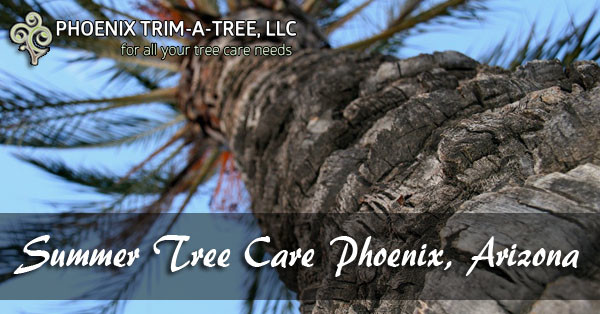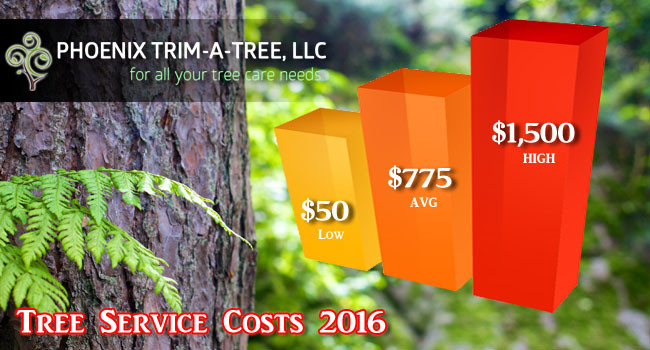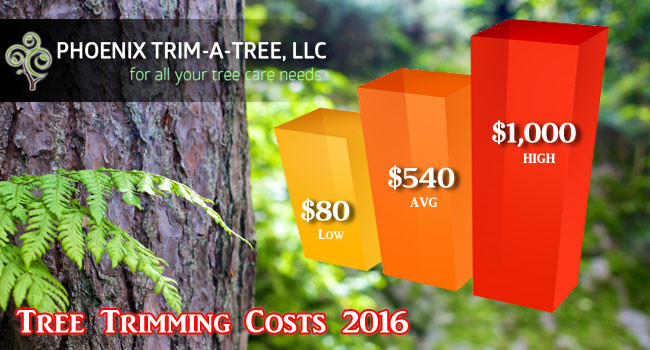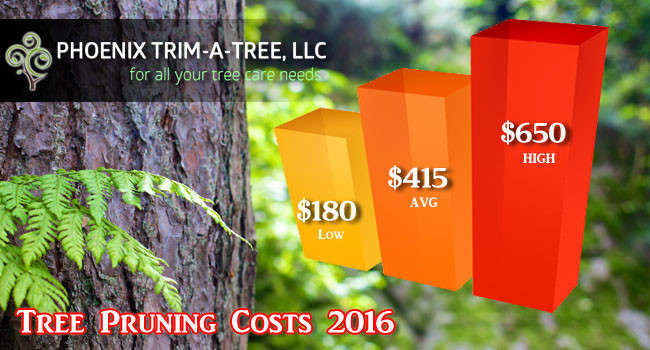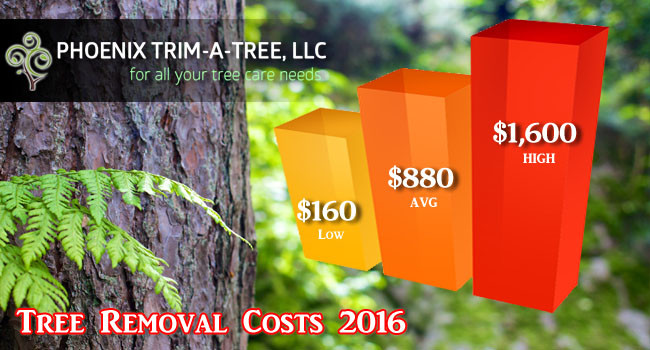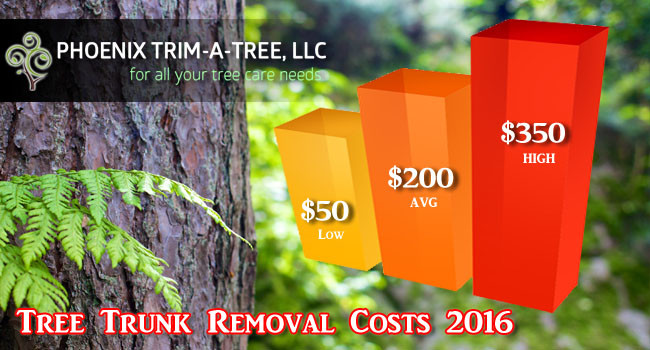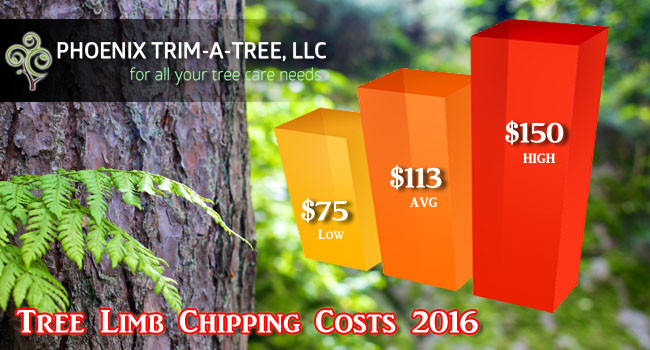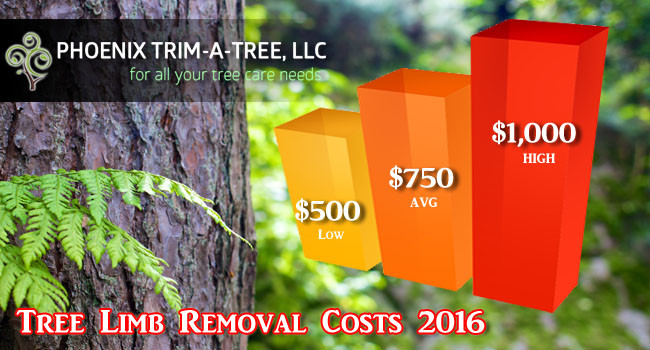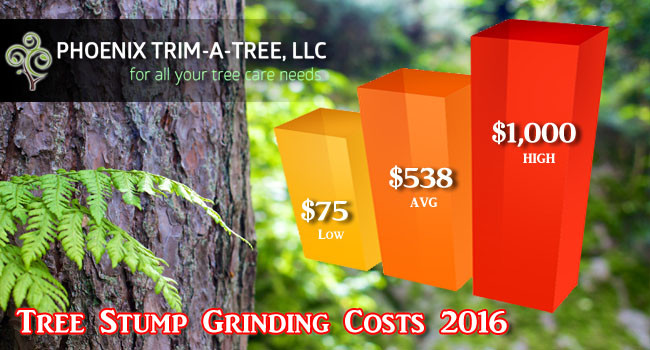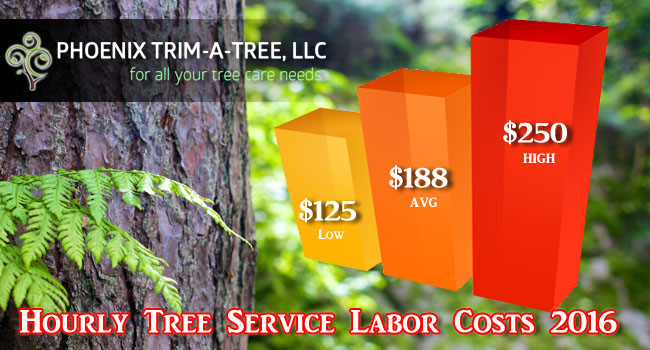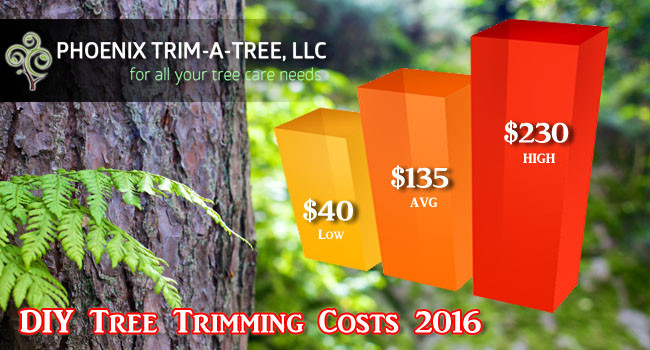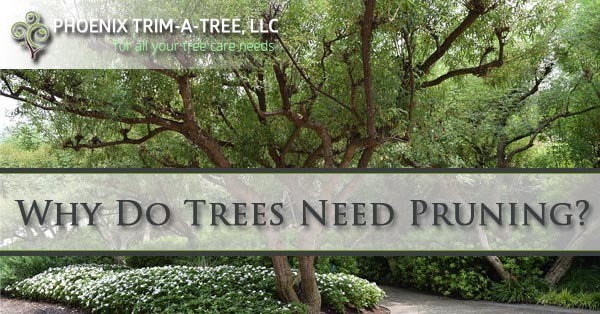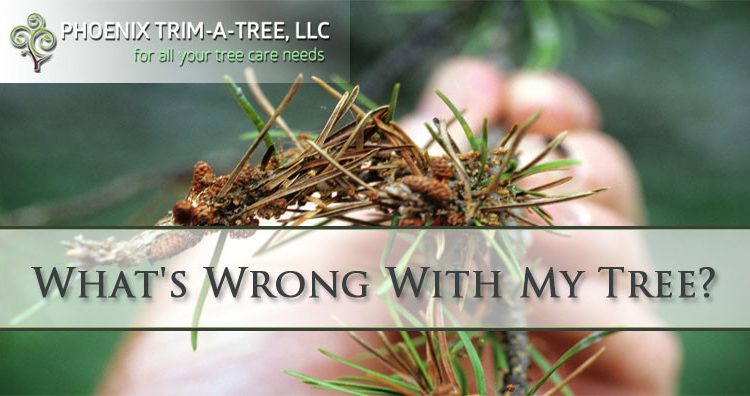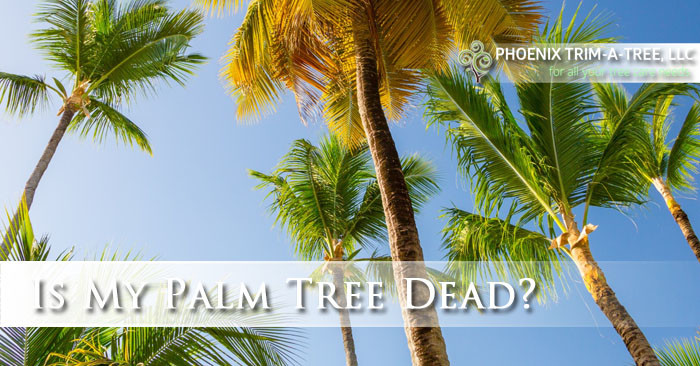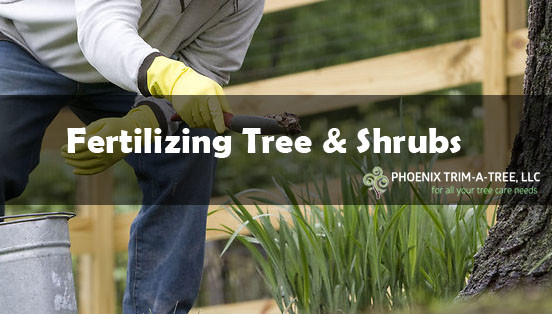Fig Tree Care
FIG TREE CARE
GET A FREE ESTIMATE TODAY!
Figs are one of the oldest cultivated crops and not to mention that they were a favorite for some of the oldest societies. The ancient Egyptians, Greeks and Romans enjoyed figs. A fig tree can grow between 10 feet to 30 feet tall and they have leaves that make them look really tropical. Read on to learn more!
PICKING A FIG TREE
Many fig tree types will grow anywhere. However, some will do better in a dry, hot climate such as in Mesa, Arizona. The Kadota and Conadria fig trees are two that do really well in the Arizona heat.
KADOTA FIG
These will produce a large to medium sized fruit. The fruit will be yellow, and it is really sweet. The fruit from this fig tree will ripen best in a hot temperature area and in full sun. The Kadota fig tree is grown extensively and it is the most common fig type that you will find in a local grocery store.
CONADRIA FIG
These are the largest fig trees and it will have a very high sugar content. The fruit that is produced can be used to eat fresh or it makes a really great dried fruit. This fig also resists spoiling during rainy weather and has a small eye size. This helps with insect resistance.
HOW BIG DO FIG TREES GET?
Fig trees grow rather quickly and will end up around 25 feet tall. They also grow in width to about the same size as they are tall. Plan this into the location you choose for your fig tree. Don’t plant it in a spot where the full grown tree won’t fit well aesthetically or near power lines. Fig leaves are also quite large, sometimes reach as much as 10 inches in length and width. With leaves this large there’s no surprise that the fig tree is beloved for it’s fruit and the shade it provides.
PLANTING FIG TREES IN YOUR BACKYARD
There are normally two cycles of harvesting figs in a single year. The first crop is basically the maturation of any previously growing buds. The crop after it is actually the main crop, and this is where the fruit develops which is during spring and summer.
PICKING A LOCATION
Depending on the fig tree that you get, you will have to consider the width where you will be planting the tree. A fig tree can grow quite large which can span between 10 feet to 30 feet. They can even be much wider than they are tall. Another thing to consider when picking where to plant your fig tree is that leaves do drop. The fig is deciduous and if you have a pool then you want to plant the tree as far away from the pool as possible or place it in the front yard. Fig trees require between 8 to 10 hours of full sun per day, so you will want to keep the fig tree away from the house or where I may be shaded. You also will need soil that drains quite well and sandy soils are best for a fig tree.
PLANTING A FIG TREE
Just like with other trees that you want to plant within the desert, the time to plant a fig tree will be in the early spring or fall. This will give the root system a bit of time to mature and be ready for harsh summer weather that happens in Arizona.
WATER A FIG TREE
During the average summer heat in Arizona, a fig tree will need to be watered every 3 to 5 days. If it is really hot and Arizona has set heat records, then water more often than that. If you are unsure if you tree needs to be watered, you can use a soil probe to find out. All trees will need to be watered to 3 feet each time that there is an irrigation event. There is not a set rule for how much water it will take to reach 3 feet because different soil types will take different times.
FERTILIZING THE FIG TREE
Most times fig trees that have been planted directly into the ground will not have a need for fertilization. The big exception is if they get planted in sandy soil. If you are unsure if the soil has the right nutrients, then you can have the soil tested by a lab. If the soil is deemed to be low in nutrients, then get a half a pound of nitrogen and then divide it into 3 different treatments. Apply the nitrogen during the months of growth which are May – June -July.
PRUNING A FIG TREE
One of the best parts about growing a fig tree is that it hardly needs to be pruned. They only produce 2 crops during a single growing season and it is best that they get pruned after the second harvest. If you wait and then try to prune the fig tree during winter, then you risk removing some of the fruit that is already growing which would be part of your next harvest.
FIG TREE PESTS
Luckily, within Arizona there are not as many pests as in other areas of the United States. There are three common pests that you may deal with when it comes to your fig tree. Gophers, green fig beetle and birds are very common for Arizona. In order to protect your fruit from birds and beetles, then you can cover the fruit with netting or bagging. There is very little to be done about gophers.
WHAT DO YOU DO WITH FIGS?
There are many fig tree owners that are really surprised with just how much fruit is produced once the tree has matured properly. It does take a couple of years after it is planted to get the tree to produce its first fruit. However, whenever it starts to get going, it really goes. Most owners scramble to hurry up and begin making jam, but the truth is there are a lot of things to do with figs.
TREE TRIMMING AND REMOVAL SERVICES PHOENIX
If you own a property in the Phoenix Valley our team of trained, licensed, and insured tree cutting professionals will cut down and remove your tree safely and affordable. Every one of our skilled technicians understands our safe tree removal and cutting protocols and work together to get the job done quickly and safely. Keeping your property in the best condition possible while removing the tree is also our top priority. We remove the tree, clean up the mess, and leave your property in great condition.

